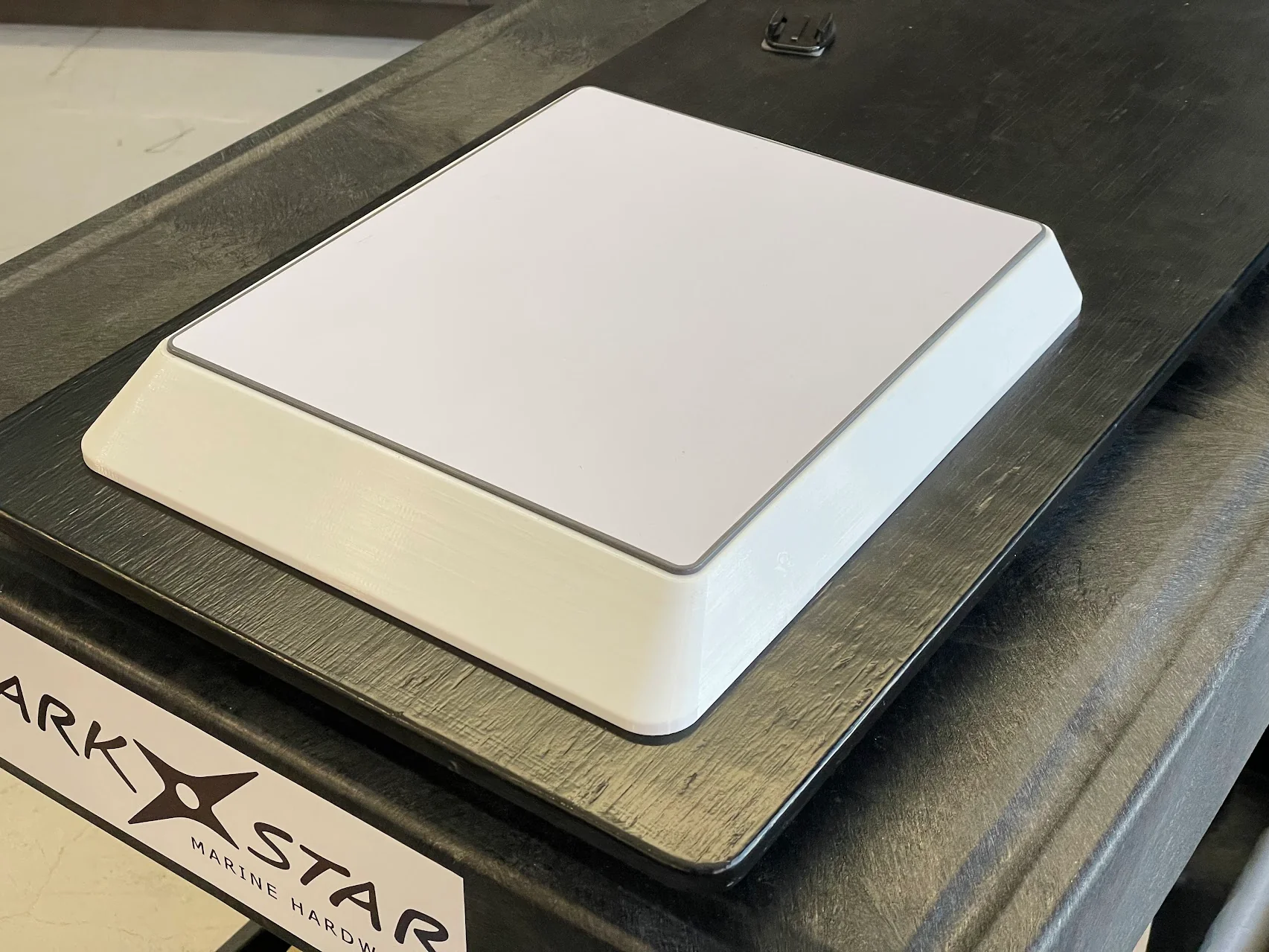
Managing money effectively is one of the most important skills you can develop for long-term stability and peace of mind. Yet, many people struggle with tracking expenses, creating realistic budgets, and sticking to them. That’s where a budget visualizer becomes a game-changer. By transforming raw numbers into clear visuals, a budget visualizer helps you see where your money goes, identify overspending, and set realistic financial goals.
In this guide, we’ll explore how a budget visualizer works, why it matters for financial health, and how you can use one to take control of your financial future.
What Is a Budget Visualizer?
A budget visualizer is a digital tool that helps individuals and families understand their finances through charts, graphs, and dashboards. Instead of manually combing through spreadsheets or bank statements, you can quickly see spending trends, savings progress, and debt repayment at a glance.
Key Features of a Budget Visualizer
- Spending Breakdown: Categorizes expenses into needs, wants, and savings.
- Interactive Dashboards: Provides visual graphs that highlight spending patterns.
- Goal Tracking: Helps monitor debt payoff, savings targets, or investment goals.
- Real-Time Updates: Syncs with bank accounts or allows manual entry for up-to-date tracking.
A budget visualizer simplifies financial management, making it easier to take action instead of feeling overwhelmed by numbers.
Why Financial Health Depends on Visibility
Financial health isn’t just about having enough money; it’s about understanding where your money goes and making intentional decisions. Too often, people underestimate small expenses—coffee runs, streaming services, or frequent dining out—that can add up to hundreds of dollars monthly.
A budget visualizer highlights these hidden spending habits, empowering you to make smarter choices. By making your finances more transparent, it builds awareness and accountability.
5 Ways a Budget Visualizer Can Improve Your Financial Health
1. Tracks Spending Habits Effortlessly
Many people don’t realize how much they spend until they see it visually. A budget visualizer shows spending categories in pie charts or bar graphs, making it obvious where adjustments are needed. For example, if dining out consumes 25% of your monthly income, the visual display can motivate you to cook more meals at home.
2. Helps Reduce Debt Faster
Debt can feel overwhelming, especially when you don’t know where to start. With a budget visualizer, you can track each loan, credit card, or mortgage in one place. Many tools even let you simulate repayment strategies, such as the debt snowball or avalanche method, so you can visualize your progress and stay motivated.
3. Encourages Better Saving Habits
Saving becomes easier when you can see progress in real time. A budget visualizer allows you to set short-term and long-term savings goals—whether for an emergency fund, vacation, or retirement—and watch your contributions grow month by month.
4. Improves Financial Decision-Making
Instead of guessing whether you can afford a new expense, a budget visualizer gives you clarity. By checking your dashboard, you’ll know instantly if adding a new subscription, making a big purchase, or increasing savings contributions fits within your financial plan.
5. Reduces Stress and Builds Confidence
Money is one of the leading causes of stress. A budget visualizer reduces uncertainty by showing you a clear picture of your financial standing. When you know exactly where you stand, you gain the confidence to make smarter decisions and reduce financial anxiety.
How to Use a Budget Visualizer Effectively
Step 1: Gather Financial Information
Before you begin, collect your income details, recurring expenses, debt balances, and savings accounts. The more accurate your data, the more powerful the visualization will be.
Step 2: Categorize Your Expenses
Most budget visualizers allow you to group spending into categories like housing, food, transportation, and entertainment. Customizing categories ensures your dashboard reflects your lifestyle accurately.
Step 3: Set Realistic Goals
Decide what financial health means to you—whether it’s paying off debt, saving for a house, or building an emergency fund. Set measurable, time-based goals inside the budget visualizer.
Step 4: Monitor Regularly
Check your dashboard weekly or monthly. Consistency is key to noticing spending patterns and making timely adjustments.
Step 5: Adjust When Needed
Life changes—new jobs, unexpected bills, or lifestyle shifts. A budget visualizer is flexible, allowing you to adjust categories and goals as needed.
Budget Visualizer vs. Traditional Budgeting
Traditional budgeting methods, like pen-and-paper or spreadsheets, work for some people but can be time-consuming and difficult to maintain.
Advantages of a Budget Visualizer
- Automation: Many tools automatically import transactions.
- Clarity: Visuals are easier to understand than long lists of numbers.
- Motivation: Progress charts encourage consistent engagement.
- Flexibility: Easier to adjust budgets in real time.
While traditional methods provide structure, a budget visualizer offers an interactive, user-friendly way to stay engaged with your finances.
The Psychological Impact of Visual Budgeting
Numbers alone can feel cold and overwhelming. Visual budgeting turns abstract figures into tangible progress. For instance, watching a debt bar shrink each month creates a sense of accomplishment that motivates you to continue. Similarly, seeing a savings chart rise can inspire consistency.
The human brain processes visuals faster than text, making a budget visualizer not just a financial tool, but also a motivational one.
Who Should Use a Budget Visualizer?
A budget visualizer isn’t just for people in debt. It benefits anyone who wants to improve financial health, including:
- Young professionals learning money management.
- Families balancing multiple expenses and goals.
- Students trying to stretch limited income.
- Retirees managing fixed budgets.
No matter your stage in life, visibility and awareness are the foundation of better money management.
Choosing the Right Budget Visualizer
Not all tools are created equal. When selecting a budget visualizer, look for:
- User-friendly interface to simplify engagement.
- Customization for categories and goals.
- Data security to protect sensitive financial information.
- Integration with banks, cards, and savings accounts.
At Fin Visualizer, our mission is to provide free, privacy-first tools that help people take control of their financial future. With no hidden costs and full transparency, you can focus on what matters most—building financial health.
Final Thoughts: Take Control with a Budget Visualizer
Improving financial health begins with awareness, and nothing provides clarity like a budget visualizer. By turning numbers into visuals, it helps track spending, accelerate debt payoff, boost savings, and reduce financial stress. Whether you’re starting your financial journey or looking to fine-tune your strategies, a budget visualizer is an essential tool for making smarter, more confident money decisions.
Don’t wait until financial stress takes over—start using a budget visualizer today with Fin Visualizer and take the first step toward lasting financial freedom.




